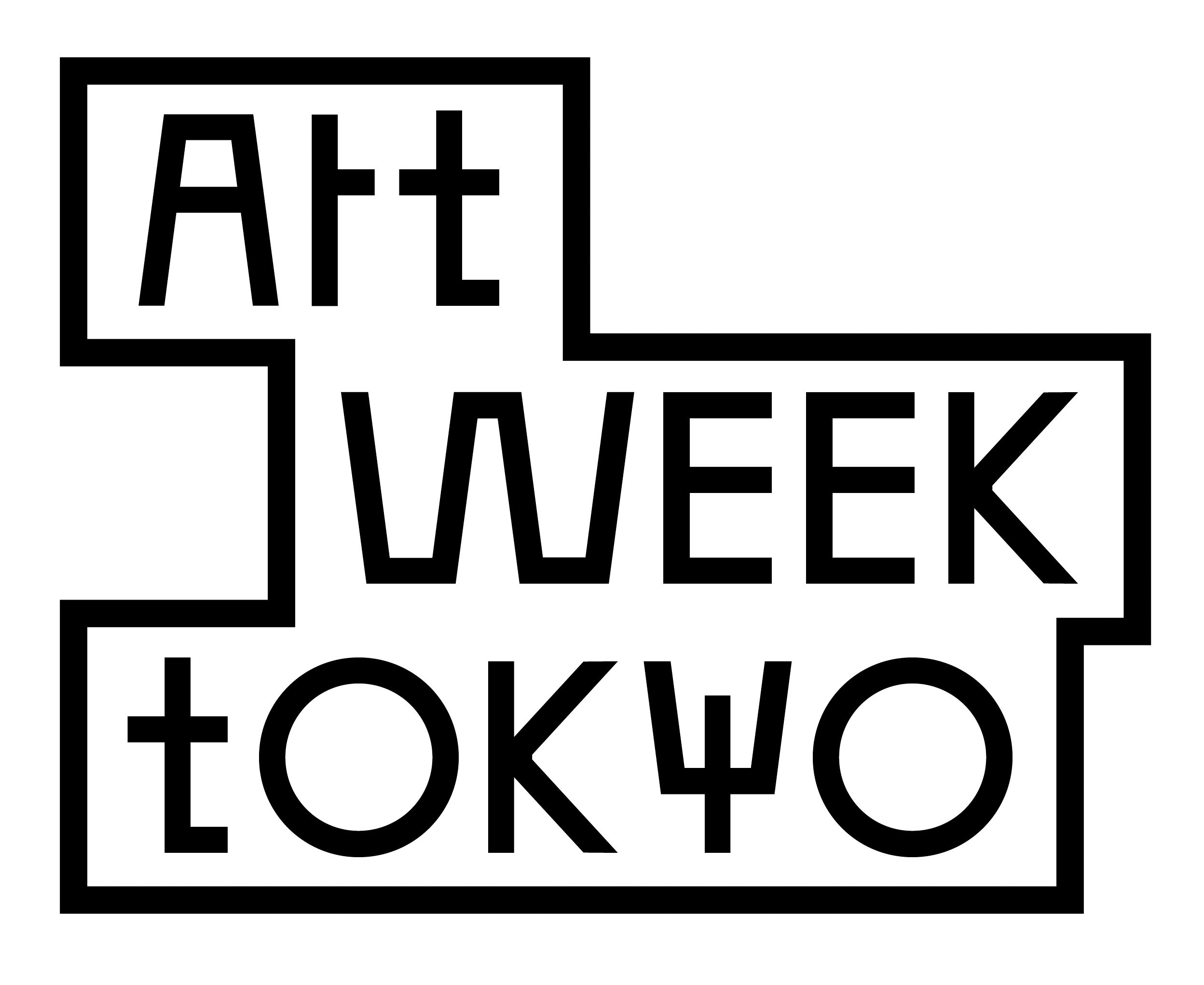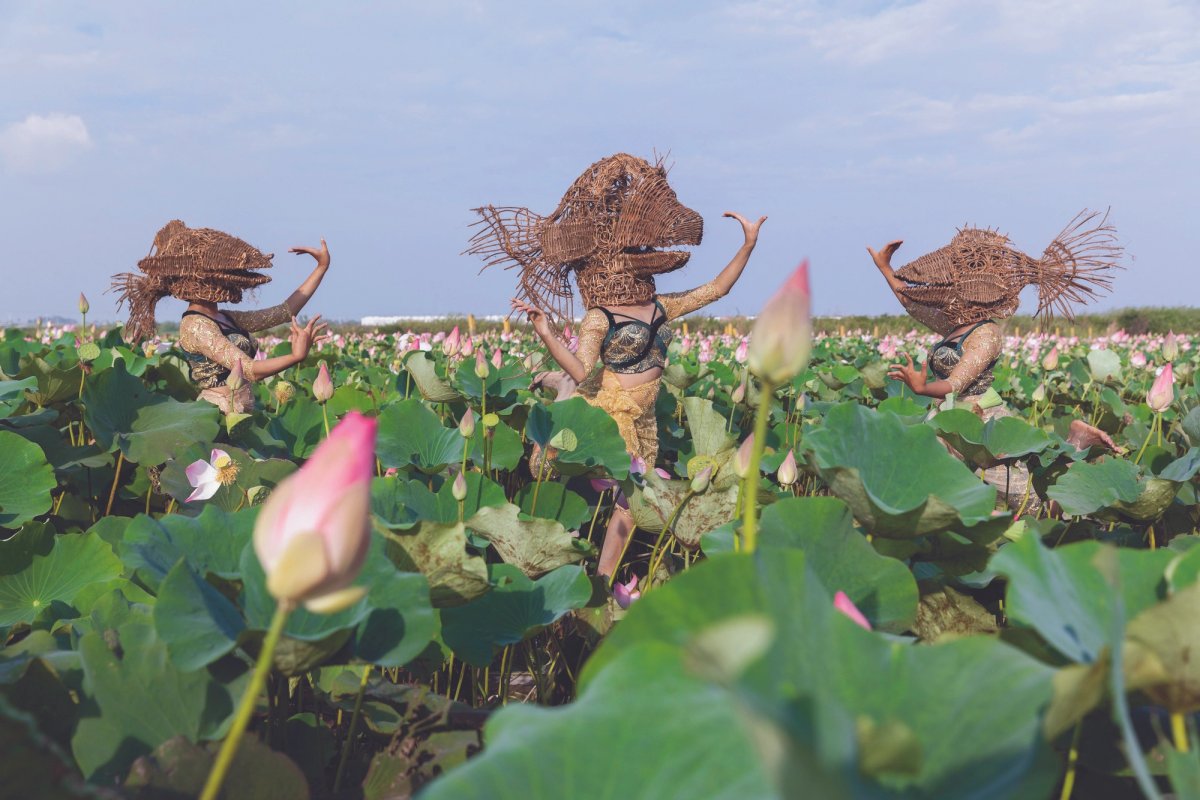For curator Chus Martínez, video programmes are a vital but neglected way of experiencing art. She watched them as a student because it was “a way to see international contemporary art, a way to be surprised”, she says. “But they have kind of disappeared as a format: people have been afraid of doing them because you can view things on YouTube, but then things have started to disappear from online too.”
Martínez, who is the head of the Institute Art Gender Nature at the Basel Academy of Art and Design FHNW, has a chance to redress the balance with her contribution to Art Week Tokyo. For the four days in November, she has curated Woman Was the Sun, a video programme of 17 works by 14 artists, all drawn from the participating galleries.
They will be shown in the foyer of a skyscraper in the heart of Tokyo, between Tokyo Station and the Imperial Palace. The videos are broken into three sequences of an hour each, with most films less than ten minutes long.
Martínez was new to many of the Japanese artists on the line-up (along with Charlotte Dumas from the Netherlands, Maija Tammi from Finland and Khvay Samnang from Cambodia), who come from a range of disciplines including painting, photography and performance. However, the programme came together relatively easily, she says, around the idea of “storytelling without language”.
“When Western video is non-narrative, normally we call it conceptual. But in Japanese video, it seems to be not so much based on pattern and repetition, but on a kind of inward-outward flow. For example, your dreams could have a correspondence with the weather.” People and things share a deeper connection.
The works are united, Martínez says in her curatorial statement, by “the trust the artists place in their images, which allows viewers to suspend interpretation and enter into different states of consciousness. In doing so, the divisions between real and non-real, human and non-human, present and past, dream and wakefulness become mere artificial constructs.”
For example, Yuki Shimizu’s The River of Resurrection (2023) brings together reality and myth, the present and the past. It tells of a man who made his fortune by developing Tokyo’s Shinjuku district and turned to murder to protect his property, throwing the victims’ bodies into the Kanda River. Shimizu created the story using keywords collected from conversations and photograms made by superimposing garbage found in Shinjuku on photographs of the area.
Other works examine the edges of science, where our understanding of the world starts to break down. Tammi’s The Problem of the Hydra (2020) looks at the Hydra vulgaris, a small fresh-water polyp that does not age. Despite 200 years of scientific study, its ability to regenerate from a small cluster of cells remains a mystery.
Martínez would like the programme to be a meeting point for audiences from different places to discuss issues in their own cultures, such as: what is agency? How can you really produce social change? How can you act differently towards nature? How is equality understood?
“I would like visitors to have a curious mind, to go back, read a little bit, see a little bit, talk a little bit,” she says. “And perhaps you go for a sake after and continue the conversation with a couple of friends.”
Woman Was the Sun, SMBC East Tower 1F, 1-3-2 Marunouchi, Chiyoda-ku, 2-5 November, 10am-6pm
• Art Week Tokyo runs 2-5 November. See all of our coverage here






